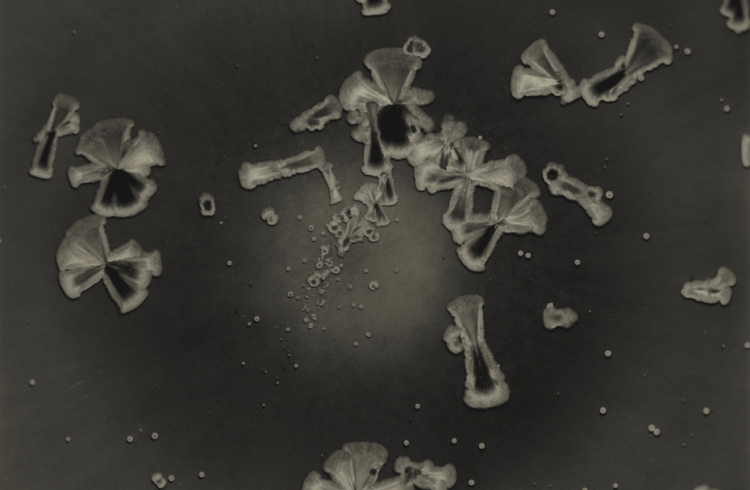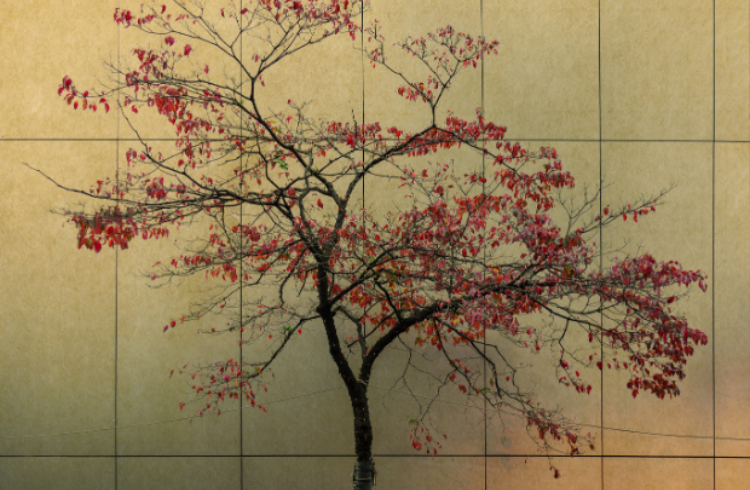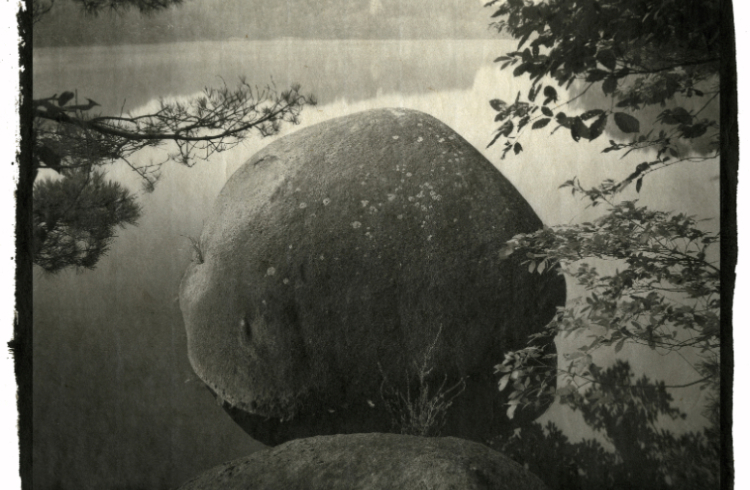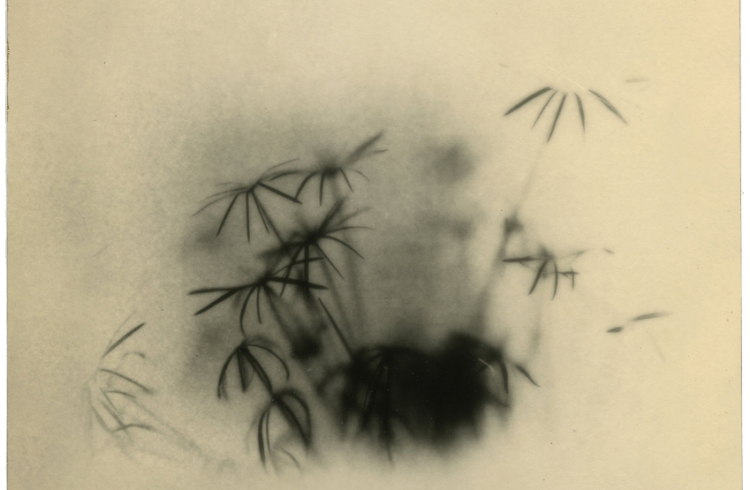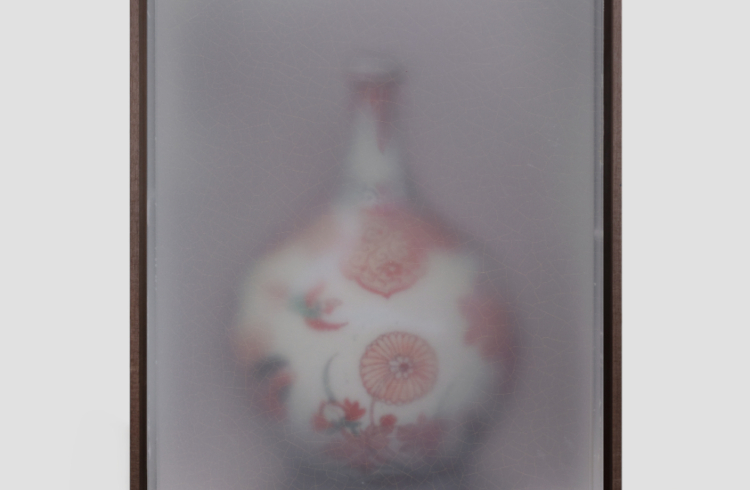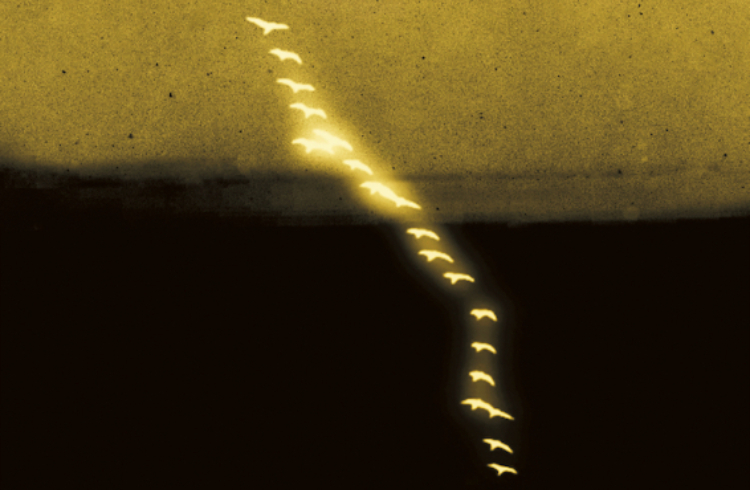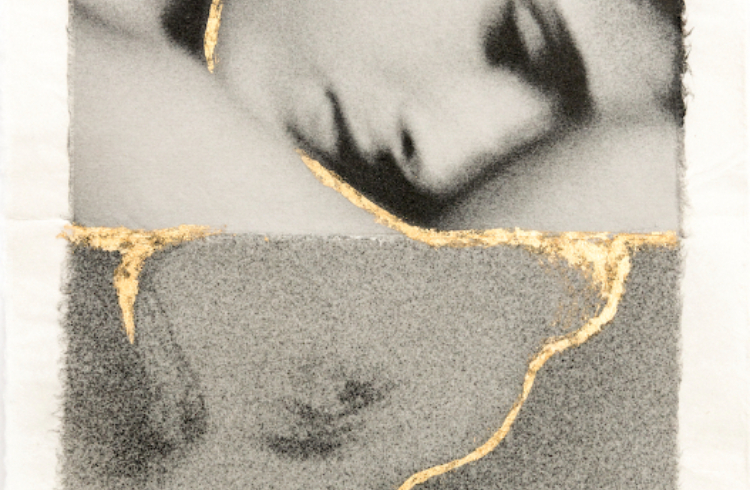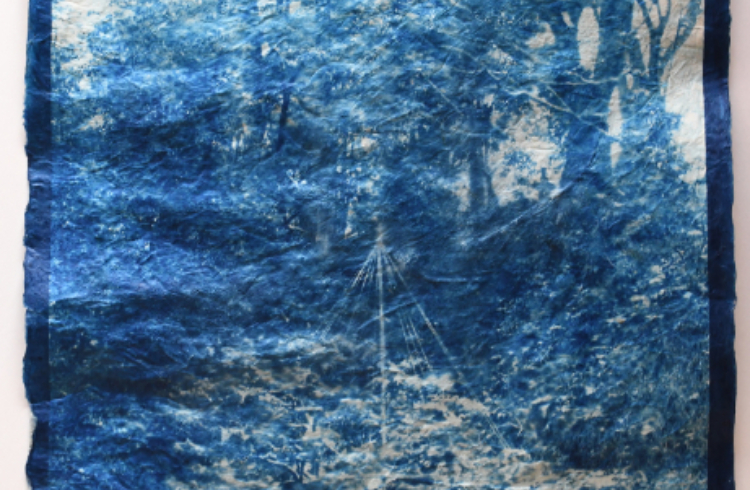- Exhibitions
- Archive
- Wabi-sabi. Japanese aesthetics in photography and ceramics
Exhibition
Wabi-sabi. Japanese aesthetics in photography and ceramics
23 september 2022 t/m 15 januari 2023
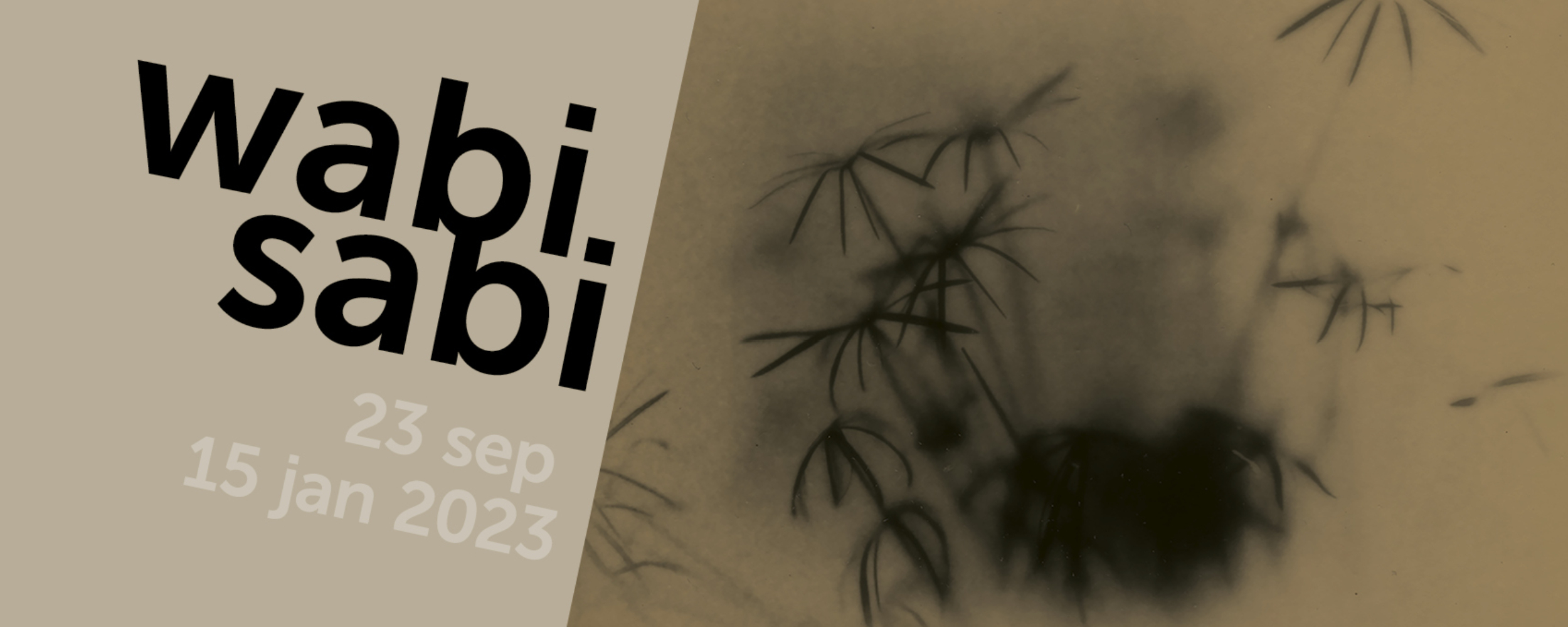
From 23 September to 15 January Japan Museum SieboldHuis will present ‘Wabi-sabi’. For the first time in Europe will an exhibition devoted to this aesthetic concept in photography and ceramics be displayed.
Over one hundred works by national and international artists make this Japanese concept of the beauty of imperfection accessible to the viewer. The acceptance and appreciation of the transience and imperfection play central roles and are reflected in a wide range of Japanese art forms such as in the tea ceremony, in poetry and in art. The artists featured in this exhibition have, in their own unique way, been influenced by wabi-sabi. This influence can be seen for example in a photo of melting snow printed onto hand-made paper or a simple asymmetrical teacup with a crack in the glaze.
In the works by ceramists Ohira Shingo and Sano Naoko the impact of wabi-sabi is evident in the organic shapes, the choice of clay and the earthy colours of their objects. In photography the influence of wabi-sabi is expressed in the choice or way a subject is photographed. This can be seen in the photos by Kawauchi Rinko, Albarrán Cabrera and Werner Bischof.
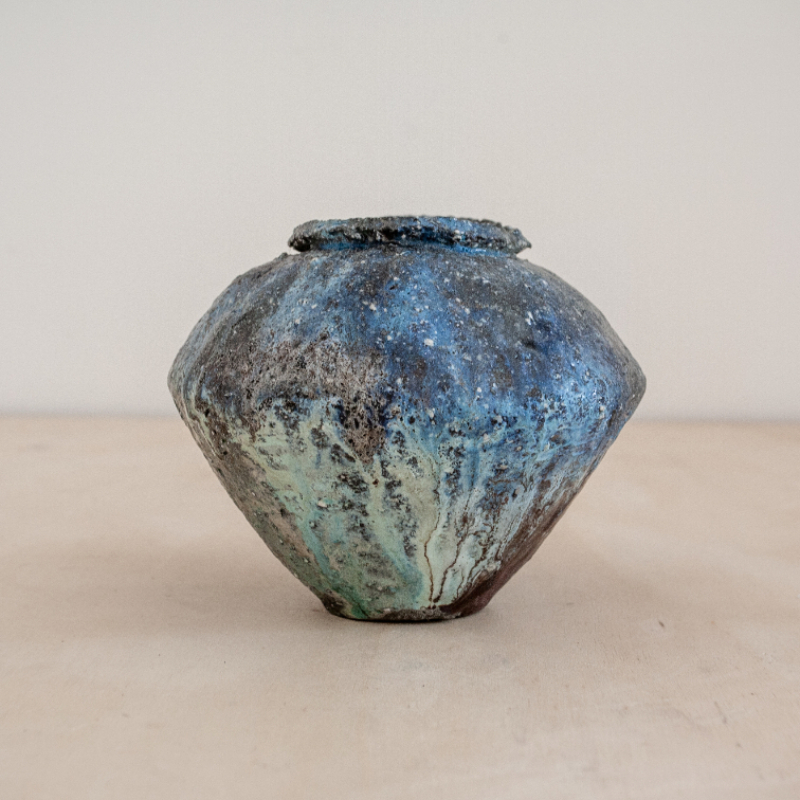
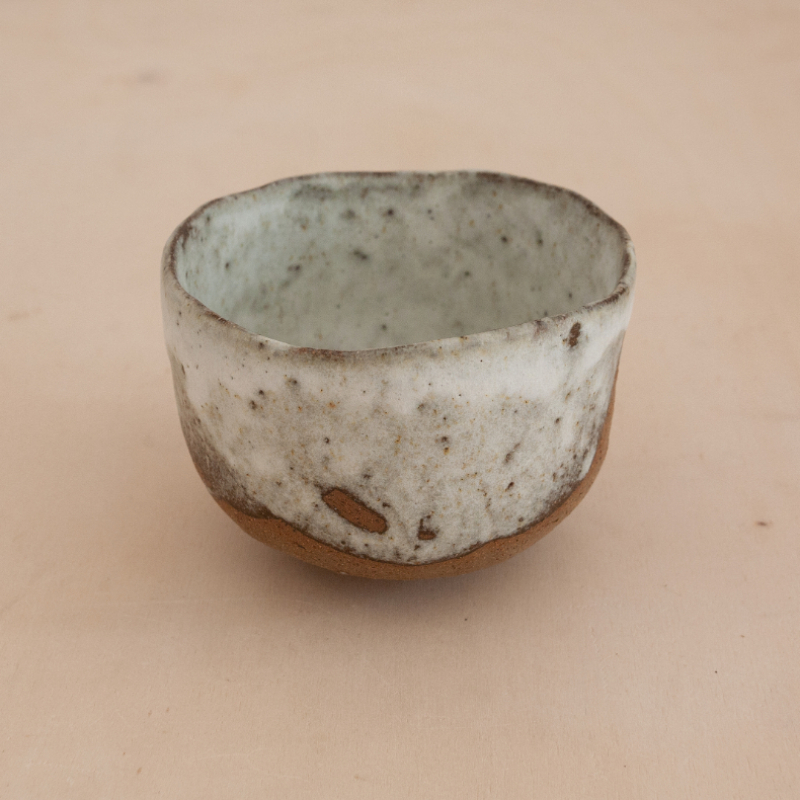
In other works, wabi-sabi can be detected in the materials on which is printed. Several artists: Horie Mika, Kobayashi Nobuyuki, Ogino Naoyuki, Ninomiya Naohiro, Ito Keiichi and Paul Cupido, have in fact printed their images on hand-made washi paper. Some artists have also used alternative printed techniques, with natural materials such as the cyanotype in Horie Mika’s work, the collages by Margaret Lansink, the salt prints by Ogino Naoyuki and the screen printing with silver and sulfur by Takasugi Norio.
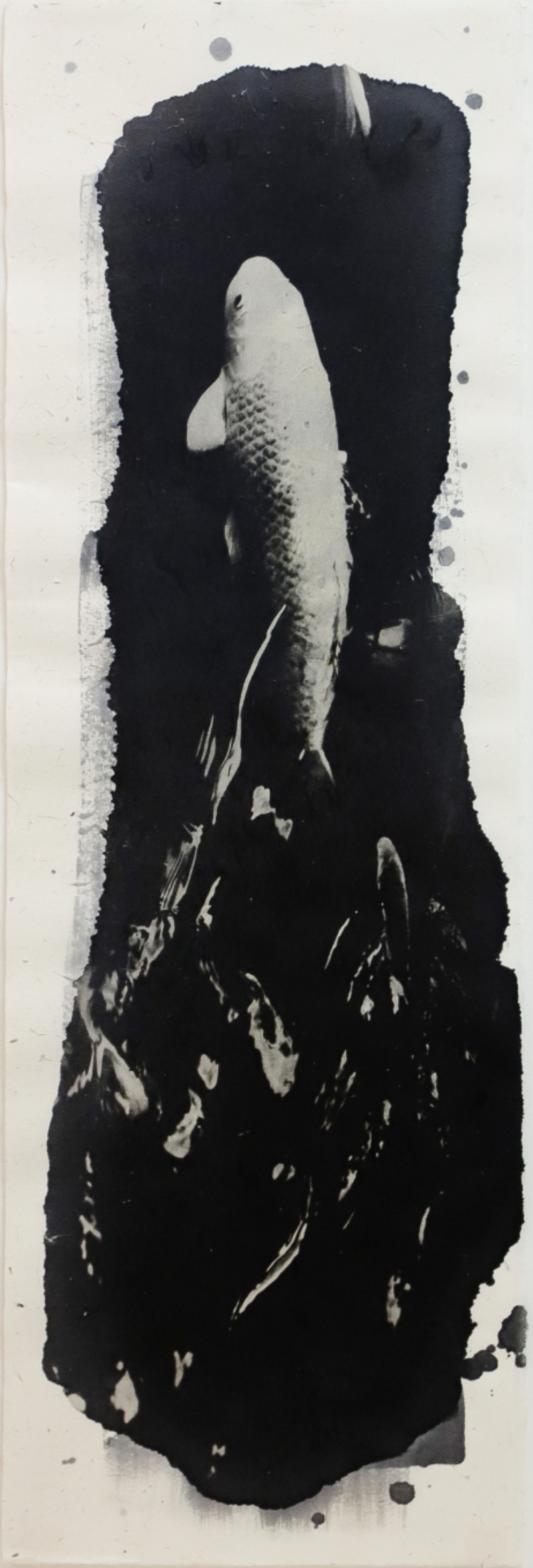

It is often a combination of the images and the way they are presented, clearly visible imperfections or voids, that make them wabi-sabi-esque, as can be seen in works by Yamamoto Masao, Kajioka Miho and Casper Faassen.
In an age when everything must be better, faster and more appealing, this exhibition is a haven for rest, self-reflection and a personal encounter with the Japanese concept of wabi-sabi.
Catalogue and activities
A richly illustrated catalogue will accompany this exhibition designed in wabi-sabi style and written by Annemarie Zethof. The activities programme offers further insight into the fascinating Japanese take on aesthetics.


